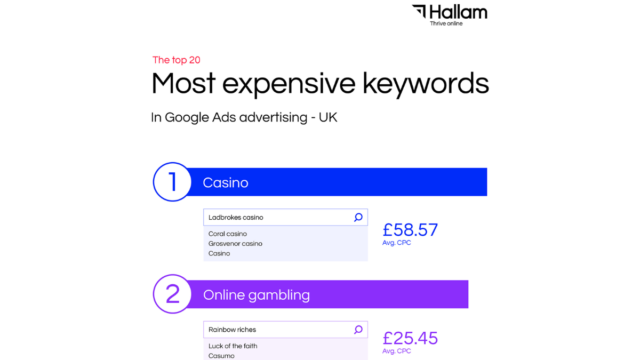Why use display advertising?
The Google Display Network (GDN) is the world’s largest advertising network for placing banner ads, video ads, and text ads on over 2 million websites around the world, as well as placing ads on Google’s own properties including YouTube and Gmail.
It accounts for 20% of all Google Ads traffic, and reaches an estimated 90% of all internet users. These figures will continue to rise as the network expands in the future, so it is important that advertisers understand exactly how to utilise the power of Display Advertising to promote their business to relevant audiences across the web.
Types of display ads
The display network, contrary to its name, allows for a variety of ad formats including text and video as well as the standard image ads which are incredibly prominent throughout the internet. Different types of ads allow for different styles of targeting and copy to come together. This provides the best possible circumstances to drive relevant traffic, conversions and revenue.
- Text ads –The GDN allows you to run the same text ads on display as you would on the search network
- Image ads – A static image that would fill the entire ad block on the website it appears upon. You can include custom imagery, layouts and background colours on image ads
- Video ads – Video ads have become more popular since YouTube is included on the Display Network. You can now use video content in ads across the display network

Ad creation
When it comes to ad creation, display ads of the past would require huge amounts of time spent building out a variety of shapes and sizes. Fortunately, thanks to the clever robots at Google we now have Responsive Display Ads.
Responsive display ads allow for a few pieces of content in the form of images or videos to be uploaded. Add in some lines of copy of varying length and you’re good to go. Google will now automatically combine the different assets to suit all the necessary sizes and types of ads to ensure your ads can appear on as many sites as possible.
Want to learn more? See our guide to responsive display ads.
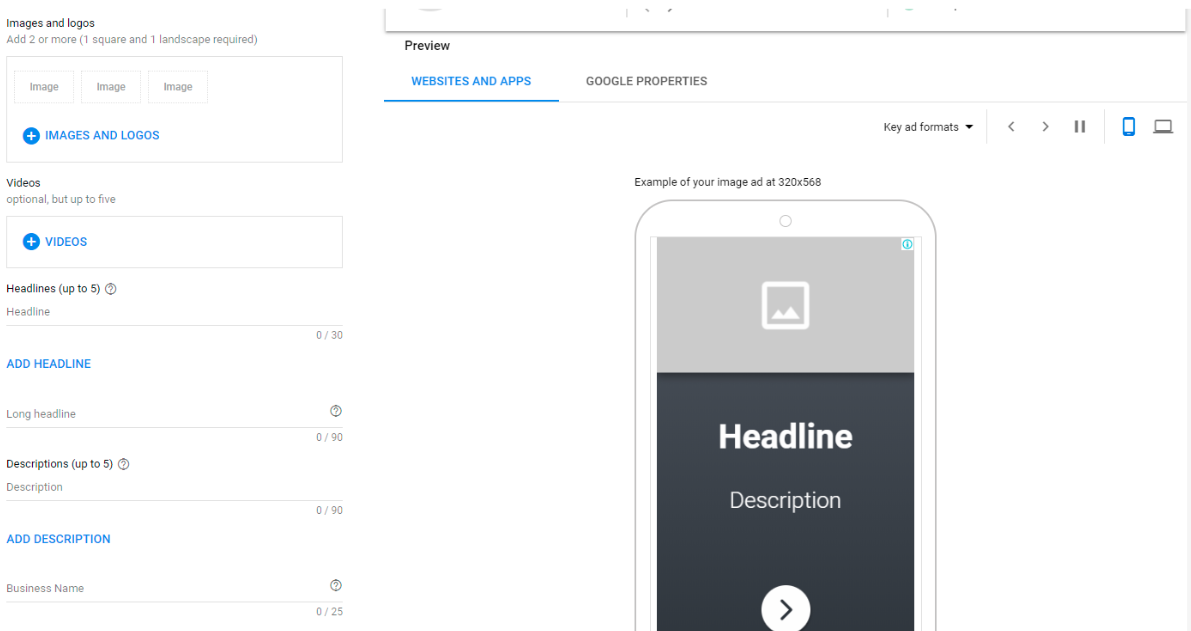
Targeting on the display advertising network
You can target audiences on the display network to narrow your reach to people more likely to be interested in your products or services. This can be achieved via:
Placement targeting
Placement targeting refers to the option of choosing which websites you want to appear on, thus giving you the most control over where you’re going to appear on the GDN. This is effective for targeting a specific demographic, and provides advertisers with an opportunity to look for websites geared towards special interests that closely match their target audience.
So if there are any industry specific websites and forums that you feel are relevant to your business, and that you think people would be likely to visit were they interested in your services, why not advertise on them?
Contextual targeting
This is the most common targeting type, since it utilises the keywords related to the products and services you offer. You will firstly need to create a keyword list and Google will do their best to display your ads on sites related to the keywords you’ve provided.
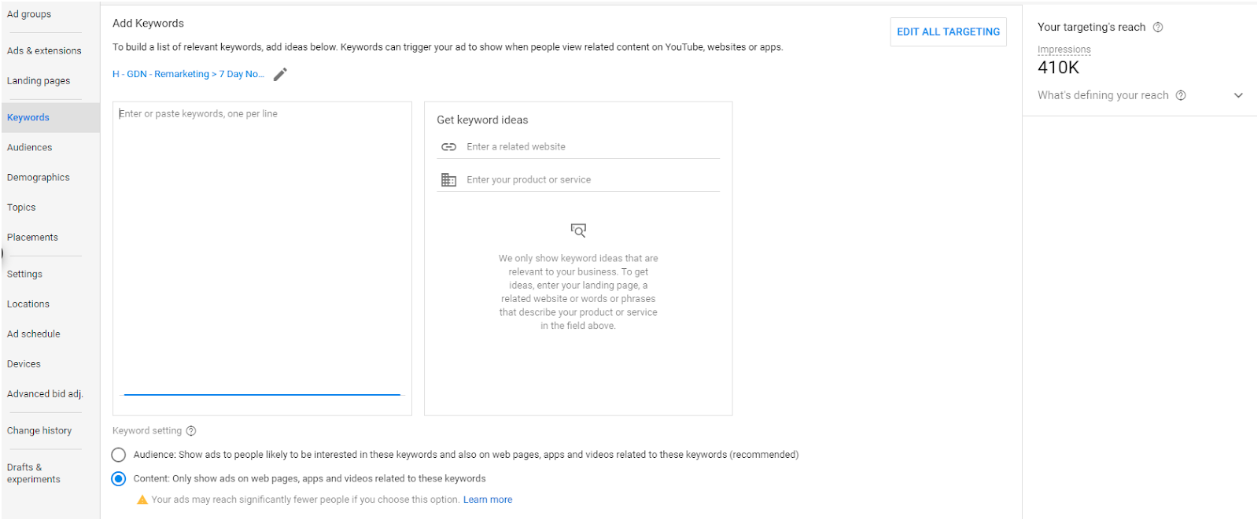
Instead of trying to come up with likely search queries like you would do for a search network campaign, you should be writing a list of 5-20 words or short phrases that are very closely related to the subject of your Ads.
Topic targeting
Topic targeting allows you to choose from an existing list of page topics, meaning that your ads will only display on pages about that topic.
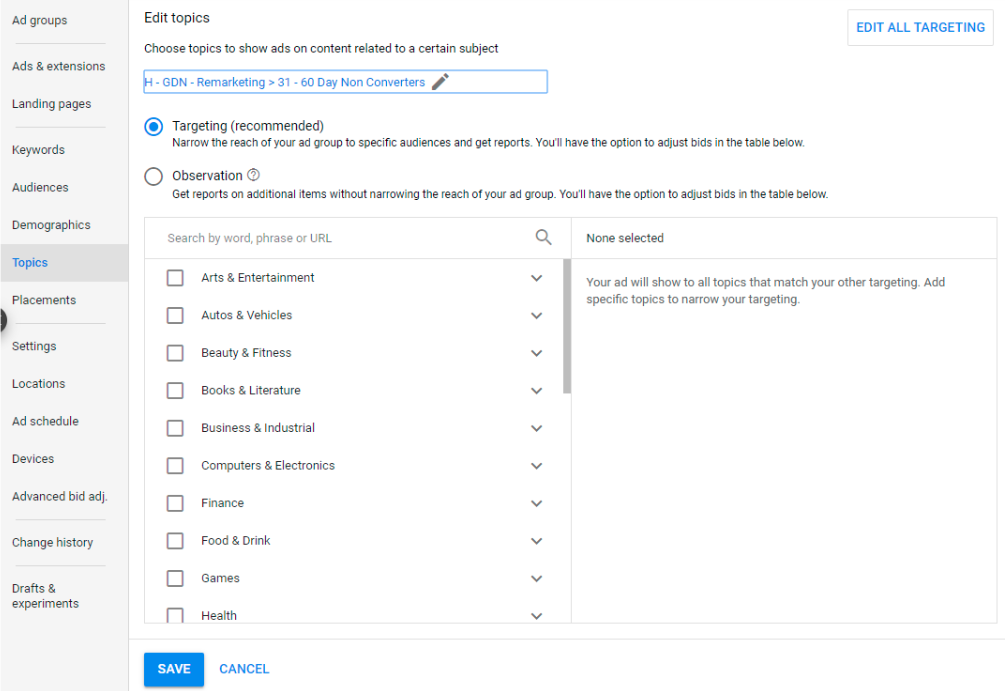
The downside is that you can’t really drill down too deeply into many of the topics, meaning that there’s a risk your ads may appear on unrelated sites. For example, a topic can be as broad as ‘human resources’, whereas your ad may be highly targeted towards ethical recruitment. With this in mind, I’d always suggest combining topical targeting with another targeting method, to ensure your ads are super targeted and therefore relevant to the users that encounter them.
Audience targeting
Audience targeting allows for groups of users to be hit with ads based on their search history, interests and online behaviour. In contrast to topic targeting, audience targeting groups users together and will display ads to these users on any website in the GDN, not just websites related to your product or service.
Want to learn more?
See our guide about Custom Affinity Audiences.
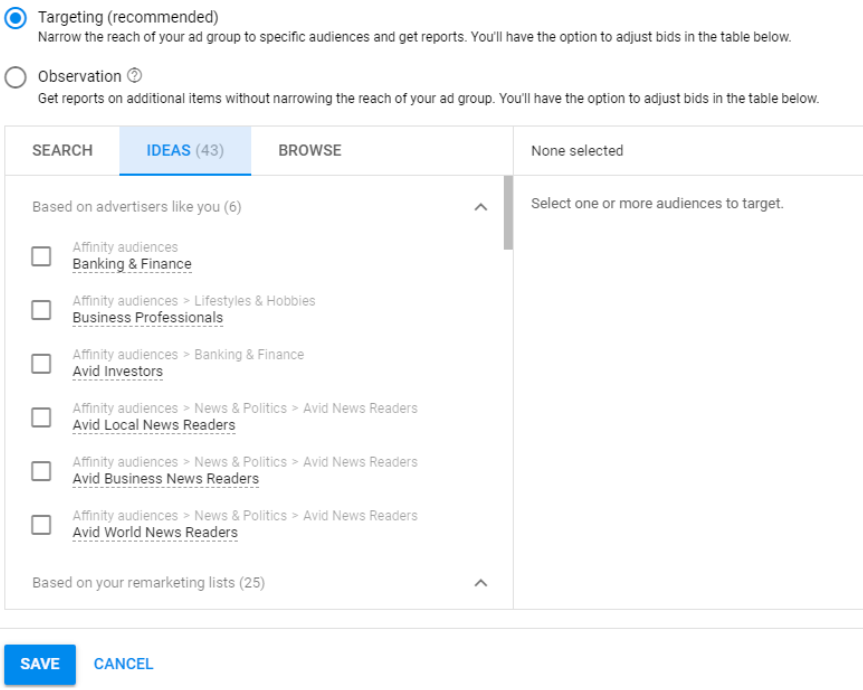
Remarketing
Remarketing allows for previous visitors to be targeted and followed up with via ads after they’ve initially visited your website.
Remarketing targeting ranges from the very basic, meaning you’d be able to show ads to anybody who has visited your site, to much more complex targeting. For instance, Google will allow you to target your ads purely to people who have viewed a video on your homepage, and remained on the site for a certain period of time. The more remarketing lists you’re able to set up, the more strategic you can be when targeting your audience using the display network.
Learn more about remarketing in this guide.
Optimising your display ads campaigns
The main method I tend to use when optimising display campaigns is to regularly review the automatic placements report, and add strong performing placements to managed placement campaigns. I’d also advise adding any irrelevant or poor performing sites as negative placements in your automatic placement campaign.
Other optimisation techniques for display network campaigns include:
- Excluding irrelevant categories
- Excluding irrelevant audiences
- Reviewing reach using the dimensions tab. Remember to increase your budget if you wish to increase your reach
- Reviewing ad performance based on geographic region and exclude any areas which regularly perform poorly (using the dimensions tab)
- Adding click-to-call extensions if you are targeting mobile devices
- Exclude mobile apps – Showing your ads in games and music apps probably won’t be beneficial to you. Most people accidentally click on the ads to return swiftly to the game. They’re looking to entertain themselves rather than make a purchase or seek B2B services. Avoid wasting money on these accidental clicks.
There are plenty of other strategies you could implement to continually improve the performance of your display network campaigns but if you’re just starting out on the Display Network and want to closely monitor performance on specific sites then reviewing your placements report on a regular basis is where you should focus your time.
Which sectors should consider display advertising?
Display advertising can be used to boost paid performance for most businesses. Indeed, in some industries the search network can be so competitive that the display network presents the best opportunity for smaller businesses to gain paid online visibility.
I recently started a paid campaign in Google Ads for a firm of solicitors with specific services. They wanted traditional search network ads to be put in place. Unfortunately, I very soon discovered that the CPCs were far too expensive for their budget, as this market has been saturated with legal firms using it as their own advertising channel. When your target keywords cost between £5 and £30 per click, a low budget just won’t cut it.
We’ve recently looked at the most expensive keywords on Google Ads in the UK, the infographic below illustrates the top 3:
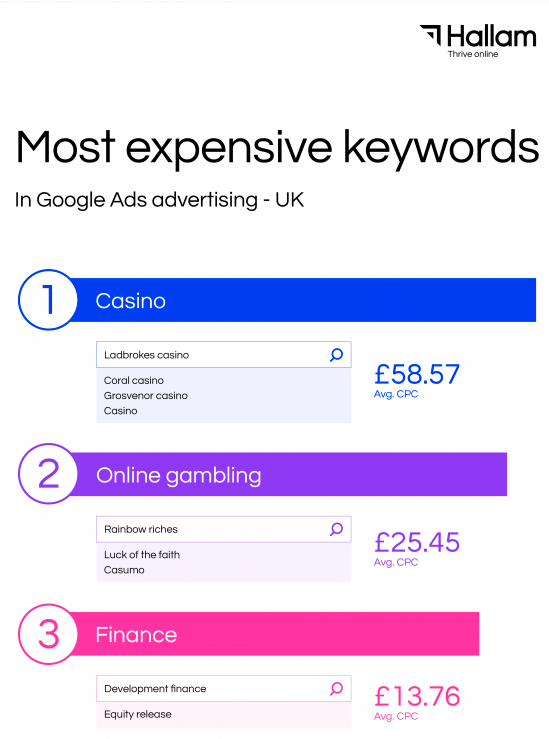
As you can see, gambling and finance top the list of the most expensive keywords, and further down the list you’ll see real estate, business services and, unsurprisingly, advertising!
So, if your business falls into any of these categories and your advertising budget is low, you may benefit from trying to advertise on the Display Network. Indeed, even if you don’t fall into these categories, you may still want to try it our alongside a search network campaign, as it’s so much cheaper.
Learning more
This article is one in a series written by Team Hallam’s PPC experts.
Here are some more useful posts for you:
7 common Google Ads mistakes you can avoid
How to use Google Ads for brand awareness
How to calculate the optimum cost per click for your advertising
Thirsty for digital marketing knowledge?
Have you just learned something new?
Then join the 80,000 people who read our expert articles every month.



